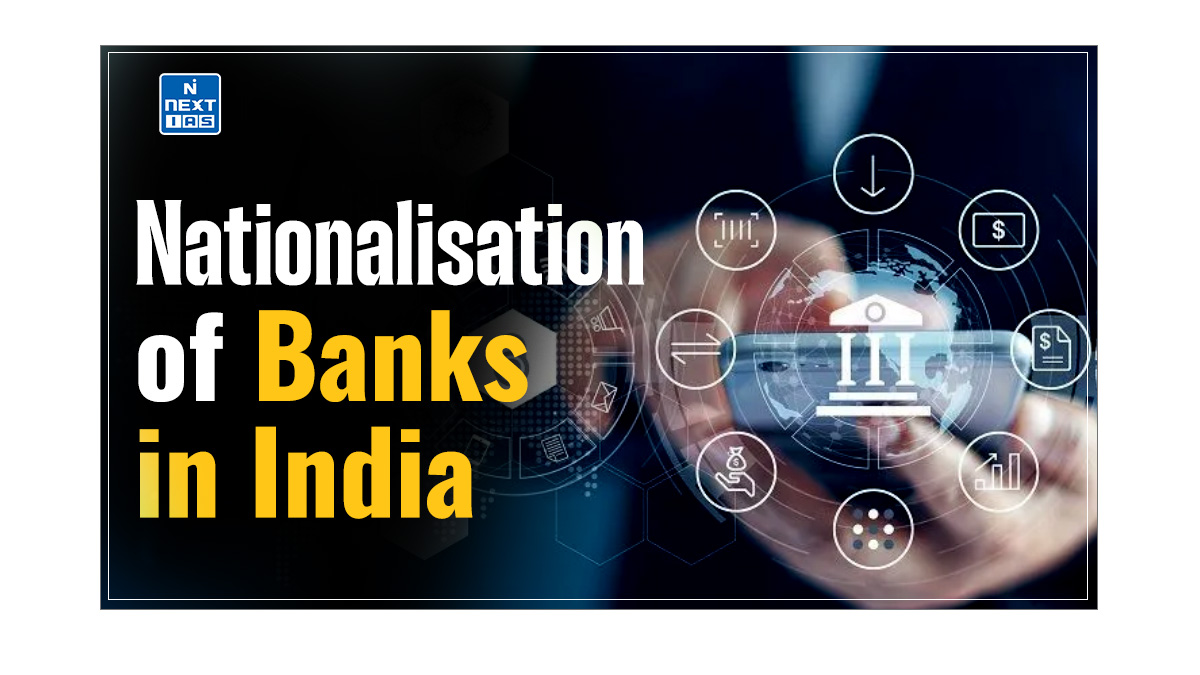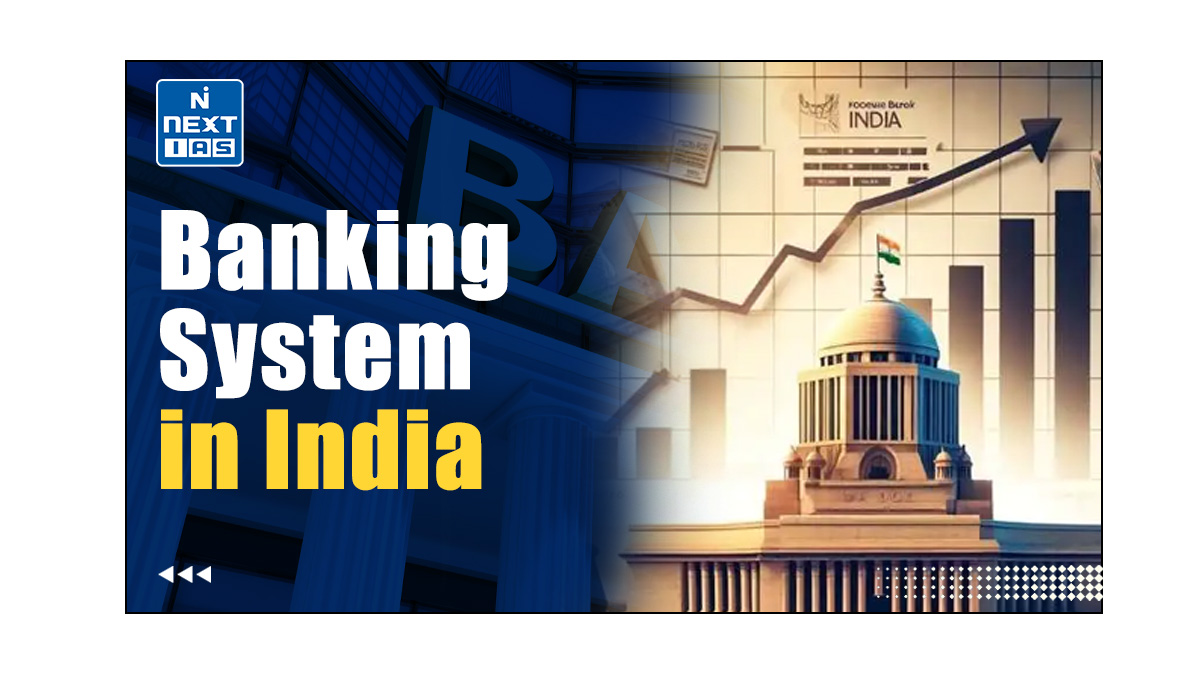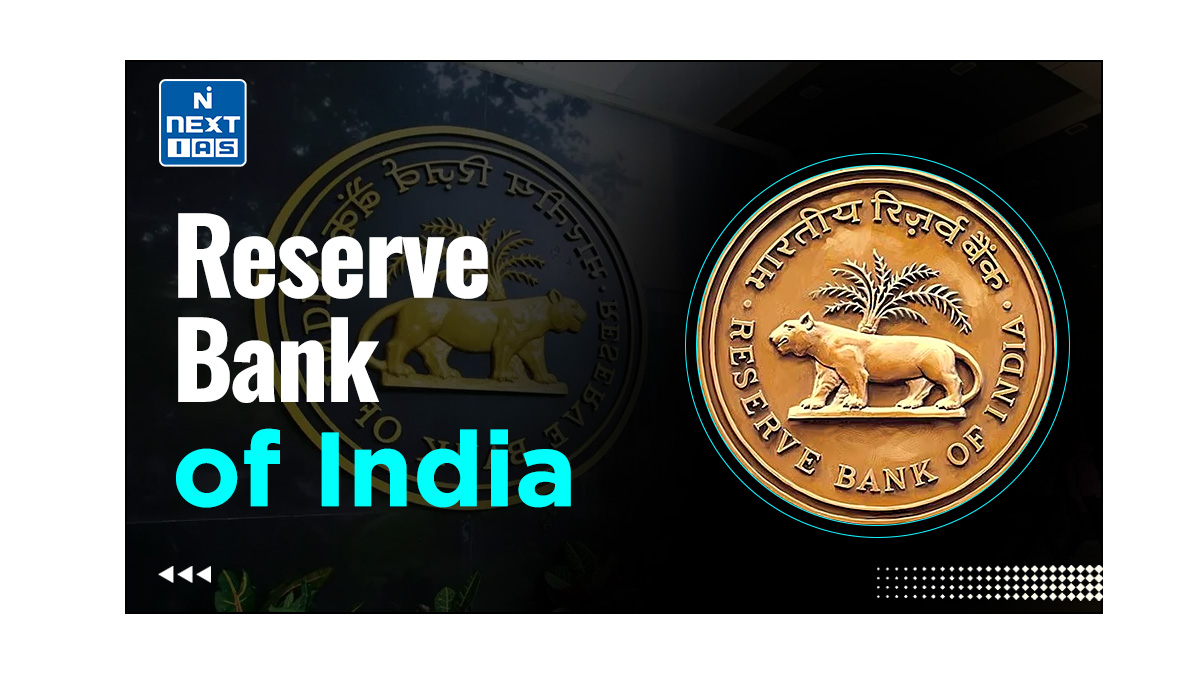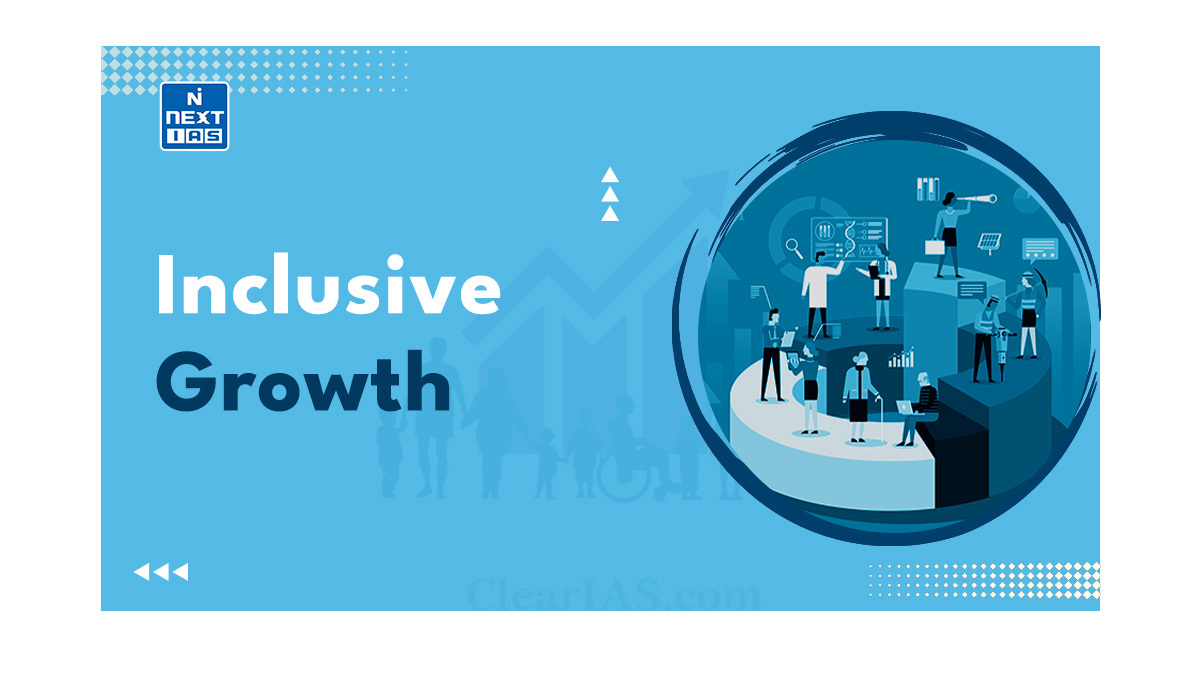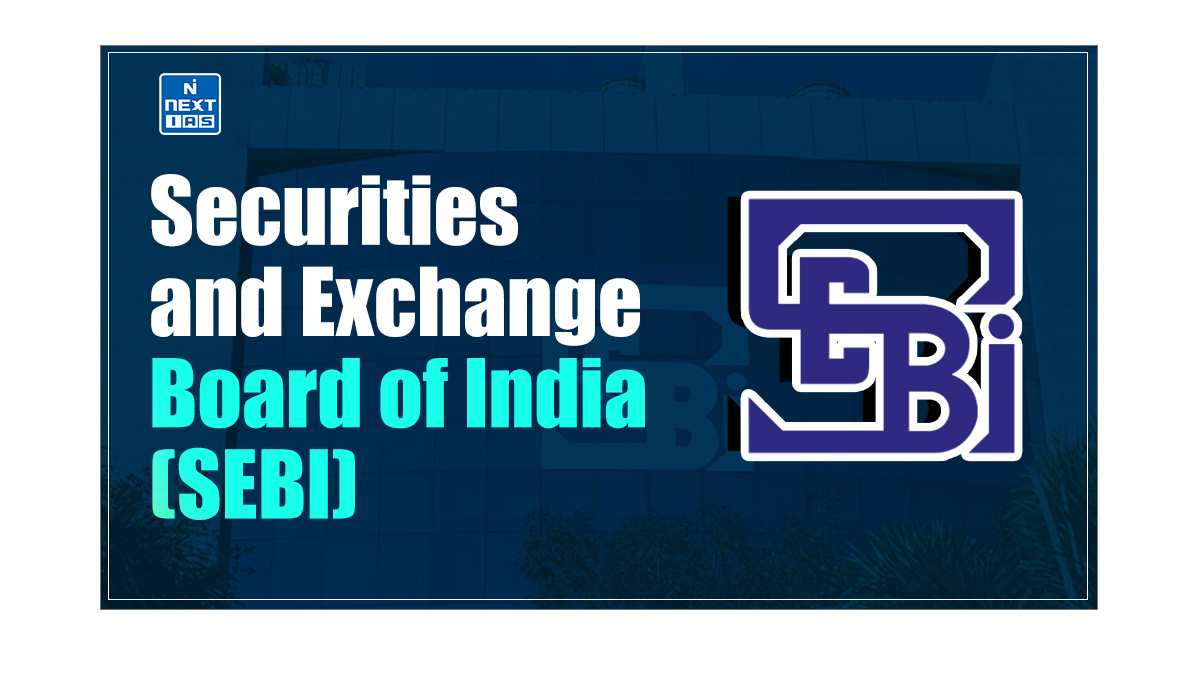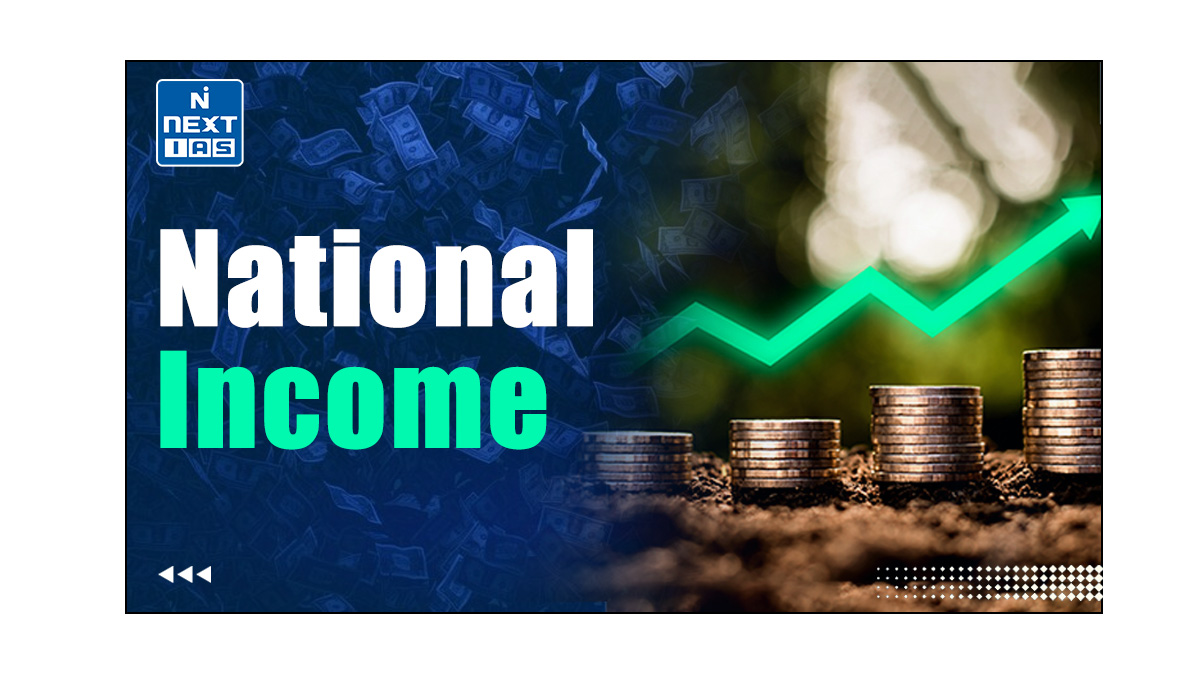
The World Bank Group (WBG) is one of the most significant financial institutions globally. Ever since its establishment, it has been playing a critical role in poverty alleviation and sustainable development across the world. This article aims to study in detail the World Bank Group (WBG), its objectives, functions, governance structure, and reforms needed in the same.
About World Bank
- The World Bank is a product of the Bretton Woods Agreement, which came into formal existence on 27 December 1945.
- The World Bank provides financial and technical assistance to developing economies worldwide.
- The World Bank is headquartered in Washington D.C.
What is World Bank Group (WBG)?
- The term “World Bank” generally refers to the IBRD and IDA, which share the same leadership and staff. In contrast, the term “World Bank Group” (WBG) denotes a collection of five distinct but complementary organizations.
- The organizations which make part of the World Bank Group (WBG) include:
- International Bank for Reconstruction and Development (IBRD)
- International Development Association (IDA)
- International Finance Corporation (IFC)
- Multilateral Investment Guarantee Agency (MIGA)
- International Centre for Settlement of Investment Disputes (ICSID)
Each of these institutions has been dealt with in detail in the sections below.
What are Bretton Woods Institutions?
- The Bretton Woods institutions were established in 1944 during the United Nations Monetary and Financial Conference held in Bretton Woods, New Hampshire.
- After the Second World War, delegates from 43 countries met to help rebuild the shattered post-war economy and promote international economic cooperation, create a new international monetary system to ensure a foreign exchange rate system, prevent competitive devaluations, and promote economic growth.
- One of the major outcomes of the Bretton Woods Agreement was the creation of the institutions like the International Monetary Fund and the World Bank.
- The first institution set up under the World Bank Group (WBG) was the IBRD.
- International Monetary Fund and World Bank Group (WBG), together, are popularly called as Bretton Woods Institutions or Bretton Woods Twins.
- John Maynard Keynes was one of the founding fathers of the two institutes.
Read our detailed article on the International Monetary Fund (IMF).
Goals of World Bank Group (WBG)
The World Bank Group (WBG) has set two goals for the world to be achieved by the year 2030:
- To eradicate extreme poverty by reducing the proportion of people living on less than $1.90 a day to no more than 3%.
- To promote shared prosperity by encouraging the income growth of the bottom 40% of the population in each country.
Organisation Structure of World Bank Group (WBG)
Various organisations under the World Bank Group (WBG) have been dealt with in detail in the sections that follow.
International Bank for Reconstruction and Development (IBRD)
- The International Bank for Reconstruction and Development (IBRD) is the oldest institution under the World Bank Group (WBG).
- The IBRD was established in 1945.
- It supports the mission of the World Bank Group (WBG) by offering guarantees, loans, risk management products, and advisory services to creditworthy low-income and middle-income countries, as well as by coordinating responses to global and regional challenges.
- IBRD provides investments across all sectors along with providing technical support and expertise at every stage of a project.
- The IBRD provides concessional or commercial-grade financing to sovereign states to fund projects that seek to improve infrastructure and transportation, education, domestic policy, environmental consciousness, energy investments, healthcare, access to food and potable water, and access to improved sanitation.
- It supports government efforts to strengthen public financial management as well as to improve the investment climate, address service delivery bottlenecks, and strengthen policies and institutions.
International Development Association (IDA)
- The International Development Association, also known as the soft loan window of the World Bank, was set up in 1960.
- It is one of the institutions under the World Bank Group (WBG) and is headquartered in Washington, D.C.
- It offers concessional grants and loans to the world’s poorest developing countries.
- It was established in 1960 to complement the existing IBRD by lending to developing countries which suffer from the lowest gross national income or from troubled creditworthiness.
- The IDA’s stated aim is to assist the poorest nations achieve faster, more equitable, and sustainable growth to reduce poverty.
- IDA credits have a zero or very low interest rate and repayment period stretched over 25 to 40 years, including a 5 to 10 year grace period.
International Finance Corporation (IFC)
- The International Finance Corporation (IFC) is the private-sector arm of World Bank Group (WBG) focused exclusively on the private sector.
- It provides loans to private sector companies in its member nation.
- It was set up in 1956 and is headquartered in Washington, D.C.
- The President of the World Bank Group (WBG) is also the President of the IFC.
- The IFC’s stated objective is to generate opportunities for people to escape poverty and achieve better standard of living by creating jobs and delivering necessary services to people who are poverty-stricken or otherwise vulnerable, promoting accessible and competitive markets, mobilizing financial resources for private enterprise, and supporting businesses and other private-sector entities.
- IFC raises capital through bond issuances in International Capital Markets to fund loans to clients and maintain their Financial strength.
Multilateral Investment Guarantee Agency (MIGA)
- The Multilateral Investment Guarantee Agency (MIGA) is an international financial institution under the organisational structure of the World Bank Group (WBG).
- Its main function is to provide political risk insurance (guarantees) to investors and lenders against the loss caused by non-commercial (Political) risks, such as currency transfer, expropriation, war and civil disturbance.
- Thus, it promotes foreign direct investment (by protecting such investments) into developing countries to support economic growth, reduce poverty, and improve people’s lives.
- It was set up in 1988 and is headquartered in Washington, D.C.
International Centre for Settlement of Investment Disputes (ICSID)
- ICSID is an international arbitration institution under the World Bank Group (WBG).
- It was set up in 1966, to settle the international investment dispute.
- Its decisions are binding on the parties.
- It helps in promoting international investment by providing confidence in the dispute-resolution process.
- However, settlement through this institute is voluntary i.e., approaching this institute for settlement is upon the parties. But once parties agree to settle the dispute through this institute they cannot withdraw their consent unilaterally.
Important Reports Published by World Bank
Some of the important reports published by the World Bank Group (WBG) institutions are discussed below.
World Development Report
- The World Development Report is an annual report published by the International Bank for Reconstruction and Development (IBRD) since 1978.
- Each WDR provides an in-depth analysis of a specific aspect of economic development.
Ease of Doing Business (EoDB)
- The Ease of Doing Business (EoDB) report was launched in 2003 to evaluate objective measures of business regulations and their enforcement across 190 economies, focusing on ten parameters that impact a business throughout its lifecycle.
- 10 different parameters namely, Starting a Business, Dealing with Construction permits, Electricity availability, Property registration, Credit availability, Protecting minority Investors, Paying Taxes, Trading across borders, Contracts enforcement, and Resolving Insolvency.
India and World Bank
- India was one of the 44 original signatories to the agreements arrived at Bretton Woods that established the Interntioanl Monetary Fund (IMF) and International Bank for Reconstruction and Development (IBRD).
- It was also a founding member of the International Finance Corporation (IFC) in 1956 and the International Development Association (IDA) in 1960.
- Later, India became a member of the MIGA in January 1994.
- India is not a member of ICSID as it finds the ICSID Convention not fair, and the convention’s rules for arbitration lean towards the developed countries.
- India is currently classified as a “blend” country, meaning it is transitioning from lower-middle-income to middle-income status, and is eligible for lending from both IDA and IBRD.
Need for Reforms in World Bank
- Governance Structure: Its organizational structure and voting rights are dominated by developed countries. Hence, decisions are guided by the whims, interests and policies of the developed countries instead of developing countries.
- US Monopoly: Traditionally, the World Bank President has always been a U.S. citizen nominated by the President of the United States, which is also the largest shareholder in the bank. The voice of developing countries remains unheard at this forum.
- Conditional Lending: Loans or grants for specific projects are often tied to broader policy changes in the sector or the country’s overall economy. For instance, a loan aimed at enhancing coastal environmental management might be associated with establishing new environmental institutions at both national and local levels and enforcing new regulations to curb pollution. This may interfere with the autonomy of the country.
- Catering to the Agenda of World Capitalism: Some critics have pointed out that the Bank continues to be dominated by the rich countries and effectively caters to the agenda of World Capitalism in the guise of its Structural Adjustment Programme (SAP).
- SAP refers to a series of “free market” economic policy reforms mandated by the World Bank for developing countries as a prerequisite for receiving loans. Critics argue that SAP policies have widened the gap between rich and poor both locally and globally.
- One Size Fits All Approach: The Bank, has been accused of treating different nations and regions as indistinguishable, and it assumes the “uniform remedy of development”. To attain even small developmental aims, western approaches are adopted and traditional economic structures and values of developing countries are abandoned.
Suggested World Bank Reforms
- Governance Reforms: The very first reform demanded by the nation is a change in the governance structures of the Bank. It should shift its focus from the needs of the US and European nations to those of underdeveloped or developing nations by reforming the voting system.
- Leadership Reform: The debate on leadership succession should serve as an opportunity to reflect on the purpose of the multilateral organization, its future role, the importance of enhancing inclusive multilateralism, and the steps required to strengthen the position of emerging economies and developing countries. Developing nations should get greater representation in the Executive Board that is generally dominated by developed nations.
- Voting Reform: Decision-making reform through the introduction of a double majority voting system, where agreement requires majorities of both shareholders and member states. This will give the developing countries a larger role in the decision-making.
- Adapting to the Changing World Order: If the Bank fails to adapt to the evolving global order, emerging economies may pursue alternative paths, as exemplified by China’s creation of the Asia Infrastructure Investment Bank (AIIB). This trend could lead to a multi-polar world without effective multilateralism, resulting in a climate of conflicting interests and values among a diverse range of countries.
Conclusion
The World Bank Group (WBG) has a crucial role in global economic development and poverty reduction. As the world faces complex economic challenges, the Bank’s role in promoting growth and stability remains ever more important. Necessary reforms should be made in the institution in order to make the World Bank Group (WBG) more efficient and relevant to the current world economic order.
World Bank Vs IMF
| Attributes | World Bank | International Monetary Fund |
|---|---|---|
| Ownership and Governance | By appointees of member nations. | By appointees of member countries. |
| Main Objective | Broadening and Strengthening the economies of member nations. | Broadening and Strengthening the economies of member nations. |
| Headquarter | Washington D.C. | Washington D.C. |
| Function | Promote economic and social progress in developing and poorer countries by helping to raise productivity and providing loans at a very concessional rate. | Exchange rate stability, provide financial resources to solve the problem of balance of payment, and promote international Monetary cooperation. |
| Assistance | Both to the government and private sector of the member nation. | Only to the government of the member nations. |
| Association and Size | The World Bank Group (WBG) consists of five institutes associated with it and therefore has a larger size comparatively than the IMF | IMF has no associated institutes and hence has a smaller staff. |
| Source of Funding | A kind of Investment fund where it borrows from one and lends to the other. It also borrows money by selling notes and bonds directly to their member nation’s government, their agencies, and central banks which they lend to other poorer and developing countries. | It is more like a credit union wherein members have access to a common pool of resources and these resources come from quota subscriptions and contributions from each member according to the size of its economy. |
| Recipient of Funding | Only to the developing and poorer nations and at a very minimal interest rate. It lends to even the private sector where it feels that assisting them would help improve the living condition of the people. | Both the wealthy as well as poor nations who experiences a shortage of foreign exchanges or are facing Balance of Payments Crisis. |
Frequently Asked Question
What is the full form of WBG?
The WBG full form is World Bank Group. It refers to a set of 5 international financial institutions.
